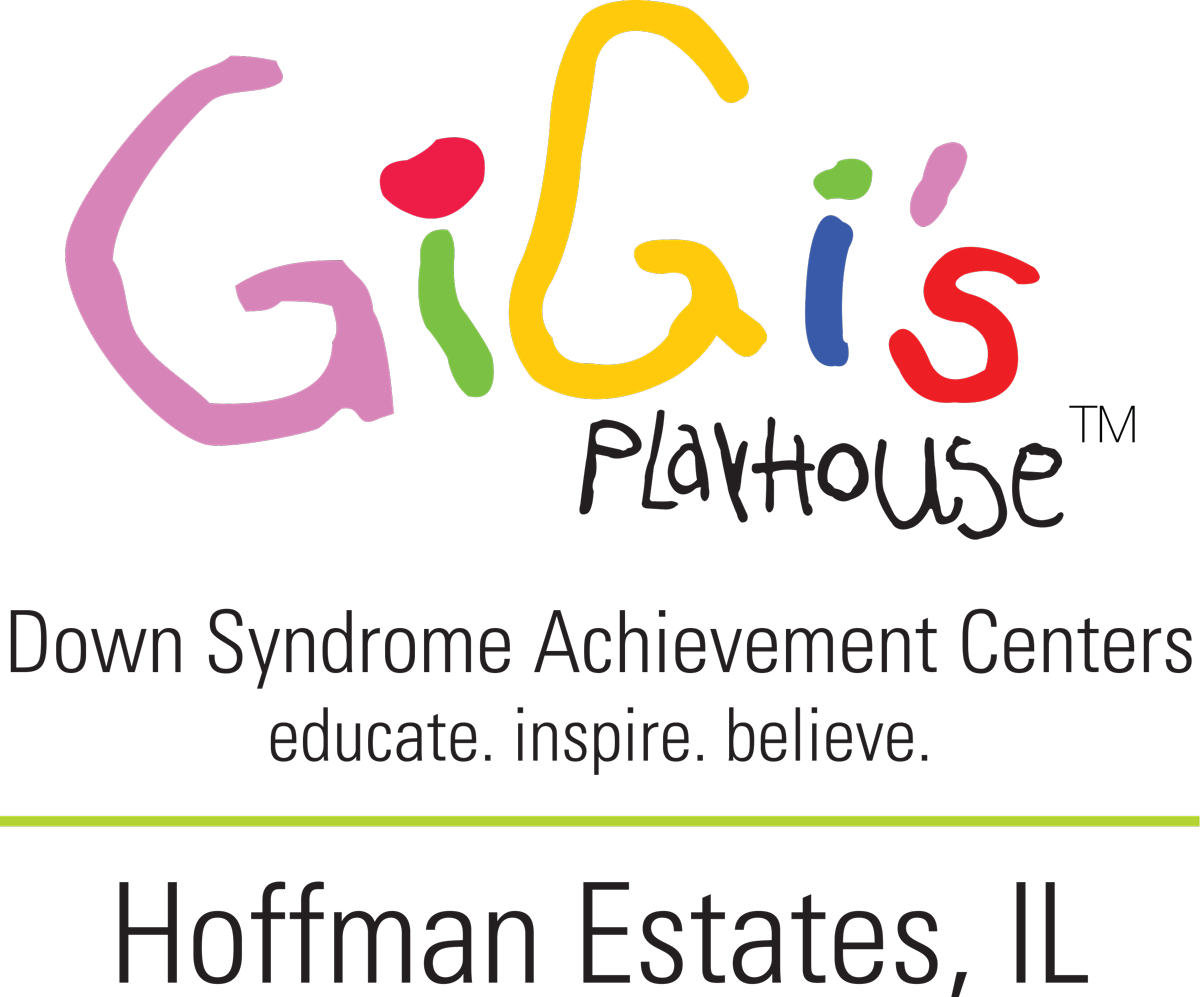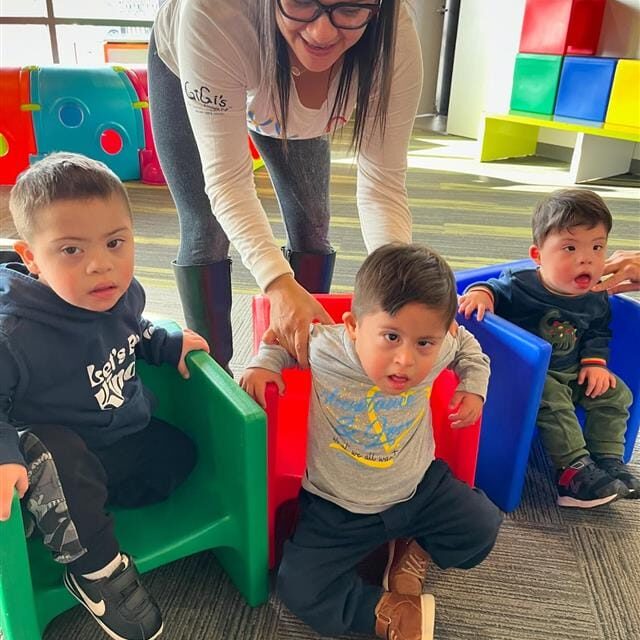Benefits of Early Sign Language!
What are the benefits of sign language on early speech and language learning?
The talk surrounding the use of sign language when communicating with children has increased over the past few decades. The language development of a child begins with gestures beginning as early as 6 months. But how do we know exactly what our child needs? What are the benefits? How could this be helpful? There are many questions about the impact of sign on children, much of which has been extremely positive. Research suggests that “baby signing” can be used as a method of communication before babies can even talk. The more babies are exposed to sign, the more it can assist them in acquiring vocal language.
So what does the research say?
Baby signs can help with:
- a more advanced mental development
- a larger expressive and receptive emotional vocabulary
- fewer problematic behaviors
- improved parent-child relationships. Also, signing to your child could help the child focus more, discuss about concepts with the parents, and focus through visual attention and understanding of the topic and context of the conversation.
When our child cries, we often don’t know what his/her intentions are, what they want, or how they are feeling. Crying evokes a variety of responses, but sometimes we need to rely on contextual cues to determine what our child is communicating. Using sign language could provide more insight as to exactly WHAT they want, need, and/or feel.
Teaching sign to your child can begin as early as a couple months old, but keep in mind that each child’s development may be different! Using sign for emotions, wants, and needs can help your child communicate. Practicing with your child everyday will improve communication and strengthen his/her capabilities!
Using sign with children with disabilities can increase their language and speech development, understanding, and speech intelligibility. When a child has a hearing loss, signing can be used to communicate in noisy environments, it can be used in conversation (in addition to oral language) and it can increase parent-child interactions. Children who may have poor oral control will benefit from sign, and it can be easier to teach. All these outcomes are positive and they reinforce communication!
So, even though signing is not verbal, using speech in addition to sign will benefit the child. A common misconception is that sign language will replace verbal communication, but this isn’t the case, especially if you practice daily and use both at the same time.
Communication, whether it is verbal or symbolic, is the end goal. Using sign language with our children is a form of communication. It will facilitate the development of spoken language and it can help to evaluate language abilities. Signing will allow them to express and explore their language, interact with others, and slowly understand how to use it.
-Taylor Kent-Kowalski
References:
https://ei.northwestern.edu/sample-blog-post-two
https://www.ncbi.nlm.nih.gov/pmc/articles/PMC1868823/
https://thepsychologist.bps.org.uk/volume-21/edition-4/great-baby-signing-debate
Recent Posts




